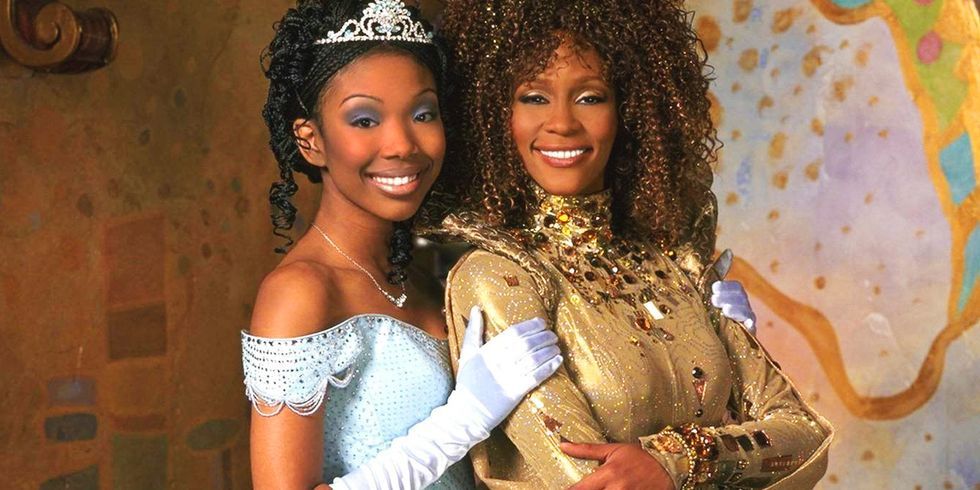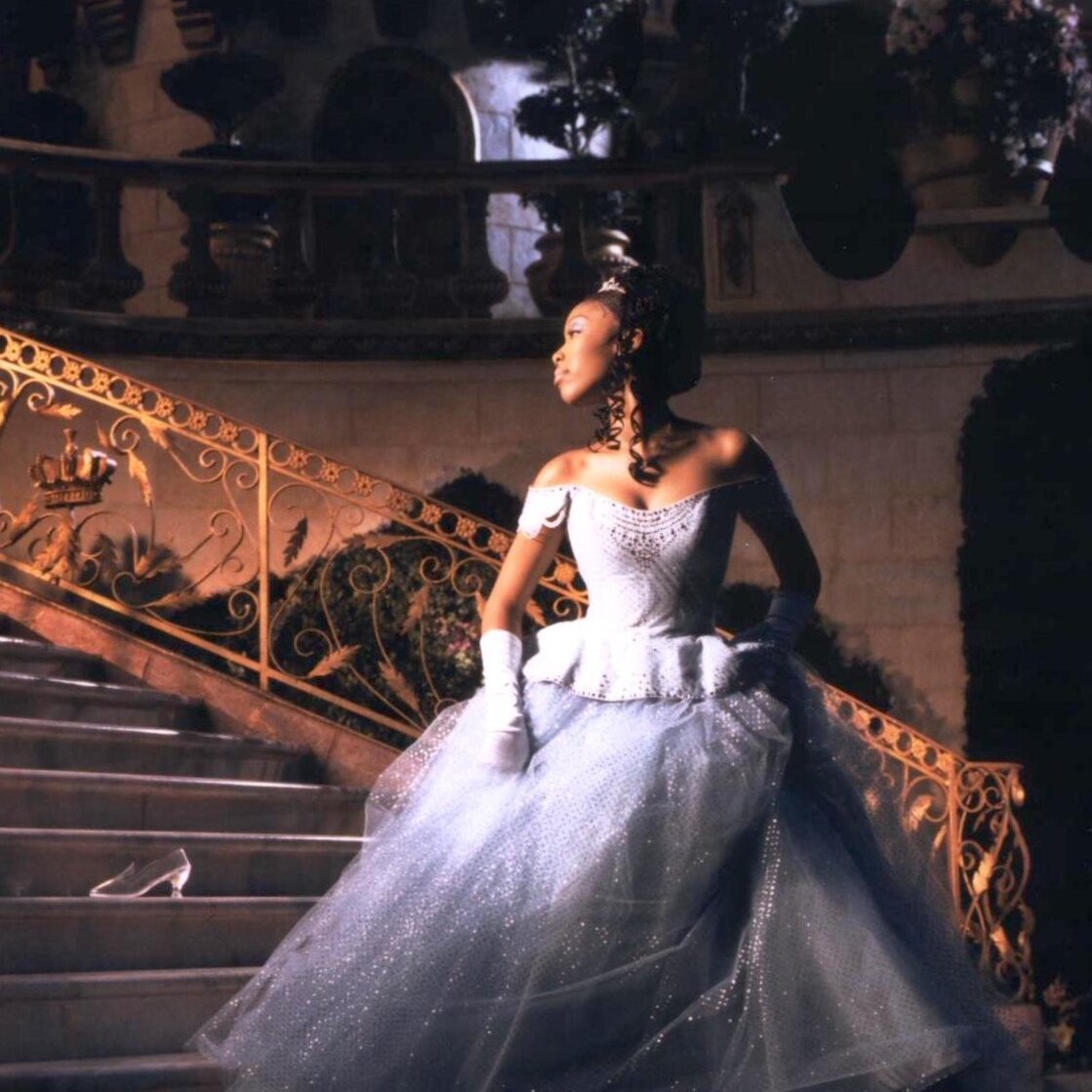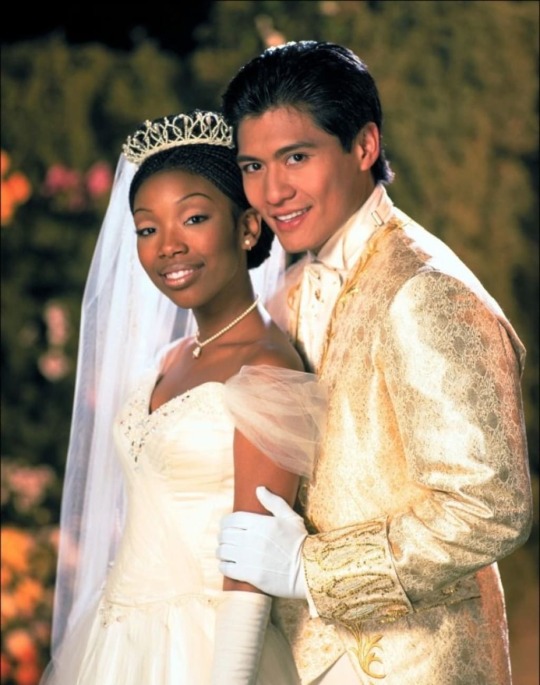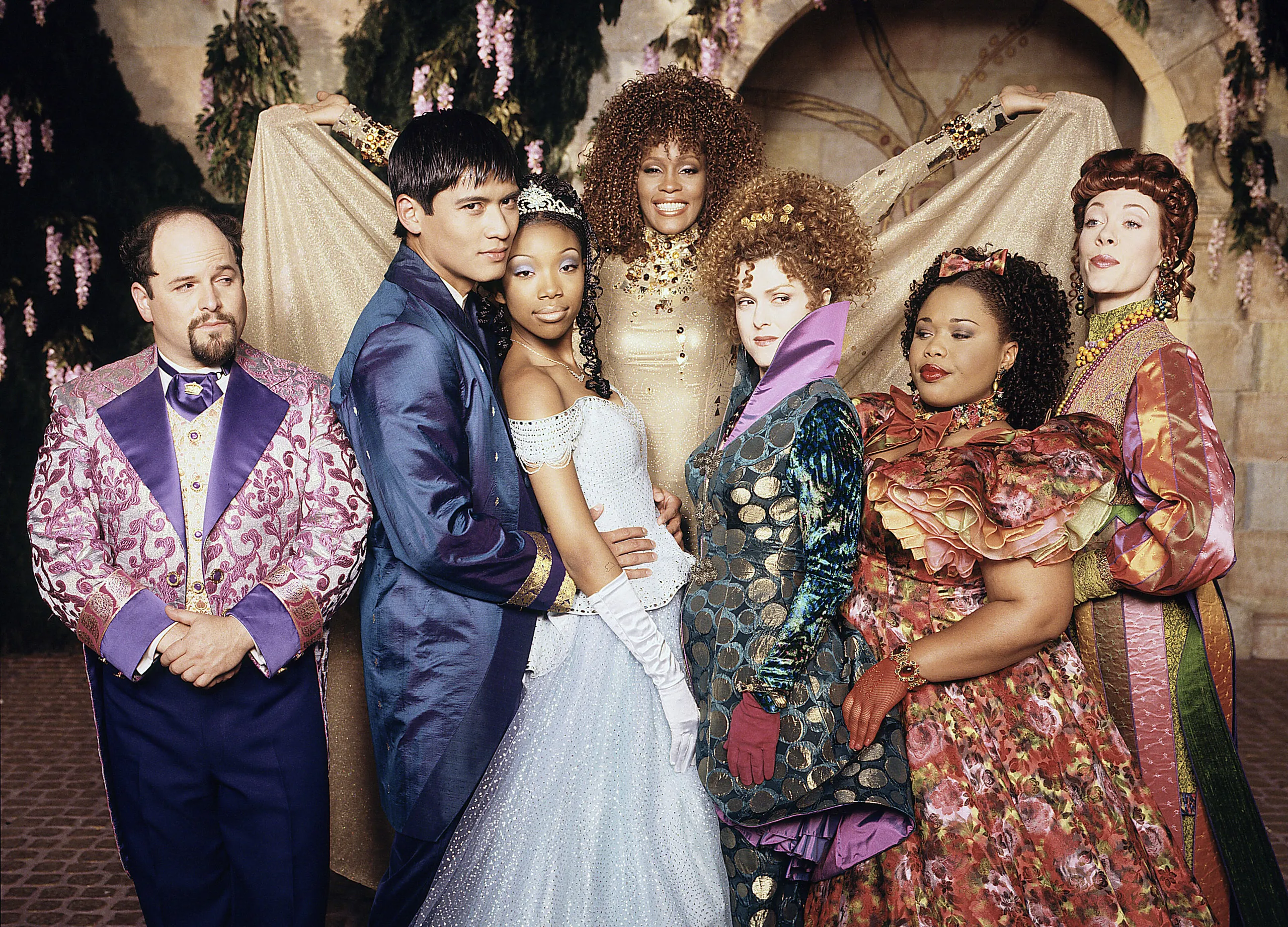Rodgers & Hammerstein’s Cinderella (1997) provides its audience with the classic tale of Cinderella, the beloved music of the titular duo, and a color-blind world where Prince Charming is Asian, the King and Queen are an interracial couple, and Cinderella is a dark-skinned, Black woman. Yet, does this film’s choice of color-blind casting have unintentional ramifications?
My Cinderella

I watched this movie on VHS non-stop as a kid. In fact, it was the first version of Cinderella I had ever seen. I excitedly talked about my favorite songs from Cinderella to my friends. Not recognizing the song, they would be confused. When I raved over the comedic relief of Lionel, the prince’s right-hand man, you’d have sworn he never existed by their cluelessness. But I have always argued that this film was the Cinderella, and everything else was based on this film.

This was the first romance I remembered watching, the first time I recognized romantic love, and that I wanted it. I was in awe of Brandy and Paolo Montalban’s (Prince Christopher) chemistry. It was how they spoke to one another. How they looked into each other’s eyes as if it was the last time they’d ever see each other again. This movie made me want to fall in love.
A Black Girl’s Fairytale

I went through all of elementary school thinking that I, as a dark-skinned, Black girl with braids, could fall in love just as my Cinderella had.
Then a reality all-too-common in are color obsessed world hit. My world was crushed when, I asked out a white boy in 4th grade and he told me he “doesn’t like poop-colored girls.” I realized that Rodgers’ & Hammerstein’s Cinderella wasn’t just a fairytale, it’s a Black girl’s fairytale. It was a fantasy world where the undeniable beauty of Black girls and women was celebrated and beloved. This movie, sadly, did not represent real life for all Black girls. I wondered if my being loved wasn’t real life either.
The color-blind casting of children’s movies has good intentions. You want your child to grow up in a world where anything is possible. A world where racism doesn’t exist, and where love is the standard. But that isn’t our reality yet. Colorism and misogynoir still affect too many Black and Brown women. Color-blind children’s films need to be accompanied by appropriate conversations around race, gender, and inequality. Kids need to be prepared for what the world may throw at them. They need fantasy and reality to help balance them out. That way, kids will dream big, but also be prepared for the hardships they might face while making the world a better place. The world is changing slowly, very slowly , and hopefully someday, reality and color-blind films will be one and the same. Until then, Black girls everywhere need more representation, and to be shown their worth in their real lives. Related Incluvie Articles: https://www.incluvie.com/articles/ranking-cinderella-adaptations-based-on-diversity

Comments